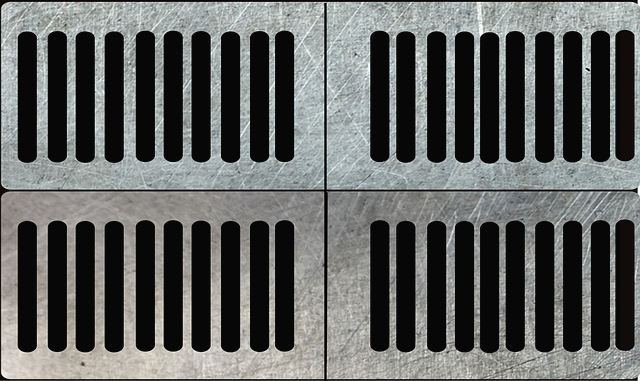Recognizing subtle signs of sewer line damage, such as changes in water pressure or bad odors, is key to preventing costly repairs and maintaining a healthy home environment. A "Sewer Line Repair Guide" provides insights into these signs and recommends tailored solutions based on damage extent and budget. Upon detection, swift action is crucial: shut off water supply, contact a professional plumber for assessment using technology like cameras, and follow expert advice. Neglecting issues can lead to severe complications.
“Uncovering hidden signs of sewer line damage is crucial for every homeowner. This silent menace can lead to serious property issues and costly repairs if left undetected. Our comprehensive guide explores the subtle indicators that something might be amiss beneath your feet. We’ll walk you through evaluating your options for sewer line repair, from non-invasive inspections to emergency fixes. Additionally, learn essential steps to take after identifying damage, ensuring a swift and effective resolution.”
- Recognizing Hidden Signs of Sewer Line Damage
- Evaluating Your Options for Sewer Line Repair
- Steps to Take After Identifying Sewer Line Damage
Recognizing Hidden Signs of Sewer Line Damage

Recognizing hidden signs of sewer line damage is crucial for maintaining a healthy home and avoiding costly repairs. While some issues may be obvious, such as noticeable clogs or gurgling sounds coming from drains, others can be subtler. Look out for unexpected changes in water pressure, which could indicate a leak. You might also notice persistent bad odors, especially around sinks and showers, suggesting blockages or bacterial growth.
Pay attention to pooling water in your yard or basement, as it may signal a rupture or settled pipes. If you see lush plant growth in specific areas of your lawn, it’s possible that moisture is seeping out from beneath the surface, indicating an underlying sewer problem. A Sewer Line Repair Guide can offer valuable insights into these and other signs, empowering homeowners to take proactive measures before major damage occurs.
Evaluating Your Options for Sewer Line Repair

When it comes to sewer line repair, there are several options available depending on the extent of the damage and your budget. The first step is identifying the issue—is it a simple crack or a complete collapse? This determination will heavily influence the course of action. For minor cracks, a sewer line repair guide might recommend relining the pipe, which involves inserting a new, stronger liner into the existing pipe to reinforce and restore its structural integrity.
For more severe damage, replacement may be necessary. This process entails excavating the affected area, removing the damaged section, and installing a new segment of pipe. While more costly, this option ensures long-term stability and is ideal for extensive repairs. Regular maintenance and early detection of issues can significantly reduce the need for major sewer line repair work.
Steps to Take After Identifying Sewer Line Damage

Once you’ve identified signs of sewer line damage, it’s crucial to act swiftly. The first step is to turn off the water supply to prevent further contamination and minimize damage. Next, contact a professional plumber or sewer line repair expert immediately. They will assess the extent of the damage and provide a detailed Sewer Line Repair Guide tailored to your situation.
During the assessment, they’ll likely use advanced technology like cameras to inspect the lines and determine the best course of action, which could range from simple repairs to complete replacement. It’s important to follow their advice closely as neglecting sewer line issues can lead to more serious problems and costly repairs down the line.
Identifying and addressing sewer line damage promptly is key to preventing further complications. By being vigilant about potential signs, such as unusual drainage patterns or foul odors, homeowners can take proactive steps. Regular maintenance and expert evaluation are essential tools in the Sewer Line Repair Guide. Don’t delay; act swiftly to ensure your home’s plumbing system remains intact and functional for years to come.
